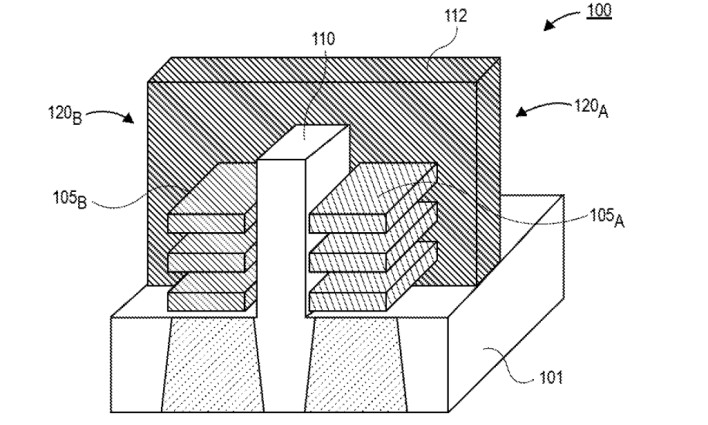Ultrathin Silicon Nanowire Breakthrough Could Solve The Biggest Problem In CPU Design

As transistors continue to get smaller and smaller, their power consumption is decreasing at a slower rate than their density. That means that the thermal density of new processors is going up over time, and worse, newer fabrication methods like Gate-All-Around-Field-Effect-Transistors (GAAFETs) are actually worse for thermal conductivity than prior methods.

Likewise, the thermal conductivity of natural silicon actually suffers significantly from heavier isotopes of silicon (silicon-29 and silicon-30) that are mixed into the silicon-28 that makes up the bulk of the material. These heavier isotopes act as barricades that cause the moving phonons (the heat energy) to slow down, change course, or disperse, interrupting their flow through the material.
Well, a UC Berkeley team, led by Junqiao Wu, discovered that by fabricating the nanowires from pure silicon-28, they could achieve a 150% improvement—that's 2.5x the thermal conductivity—due to a heretofore-unknown physical property where the exterior coating of silicon dioxide actually causes the phonons to gather and then move rapidly through the pure silicon-28 material. Previous tests had indicated that pure silicon-28 only offered a small benefit in thermal conductivity over natural silicon, but they weren't done at nano-scale, where natural laws work a bit differently than on a larger scale.
This is obviously still in the research phase, and much more work has to be done before we'll see this technology in shipping products, but it's a major breakthrough nonetheless. Discoveries like this will help extend the useful life of silicon microprocessors. That's good news for everyone, because when we eventually have to make the move to more exotic materials, you can say goodbye to $19 CPUs.

